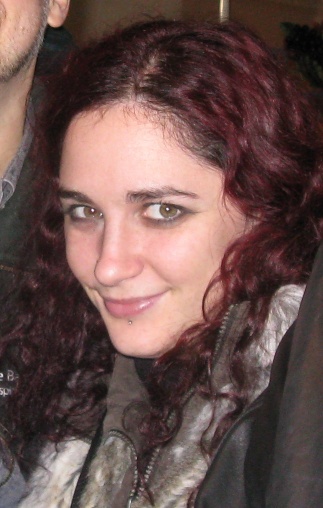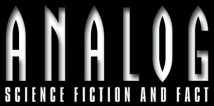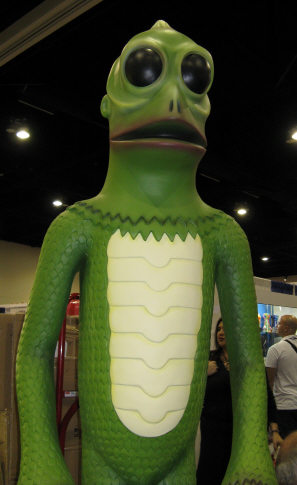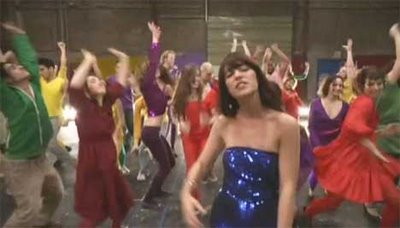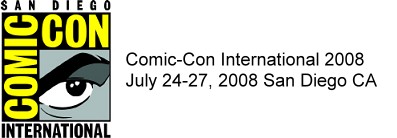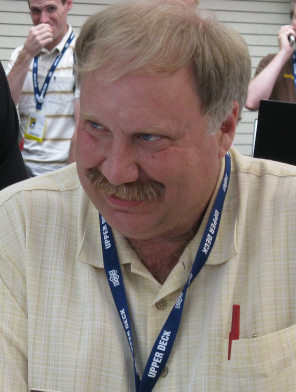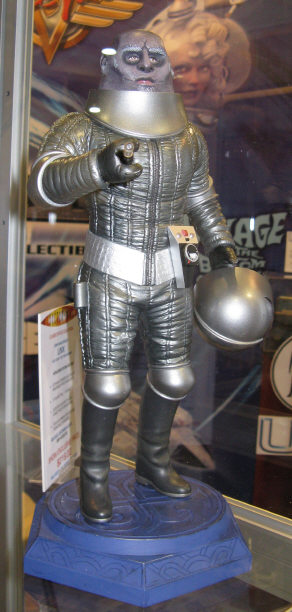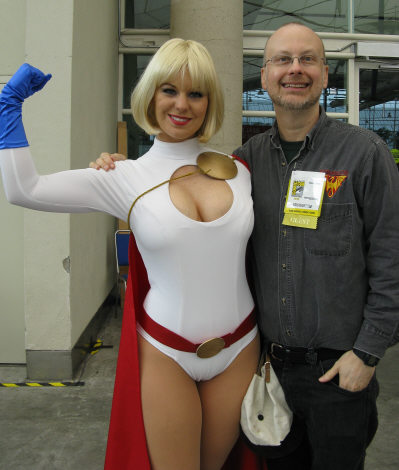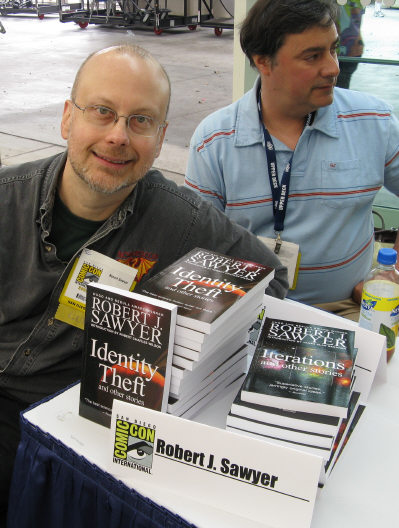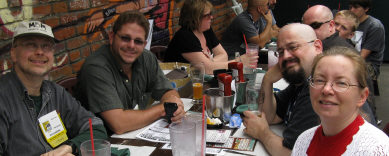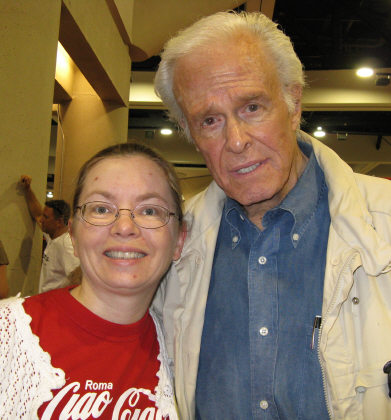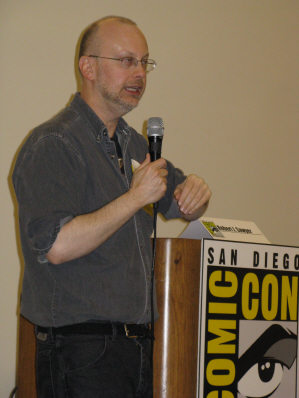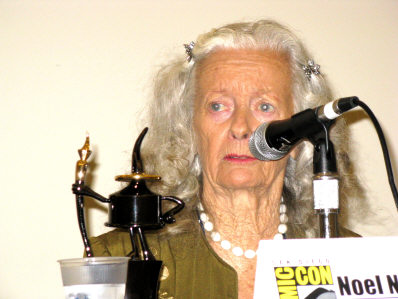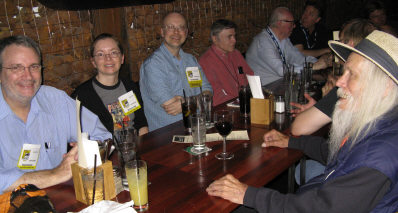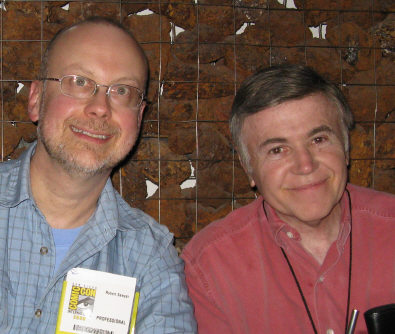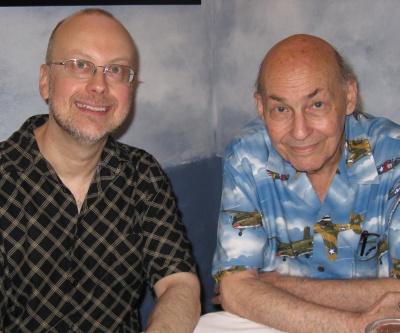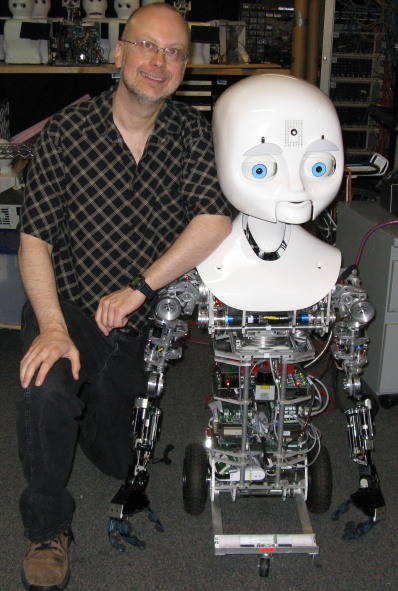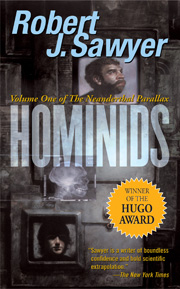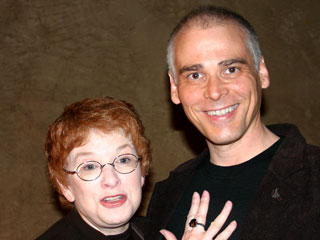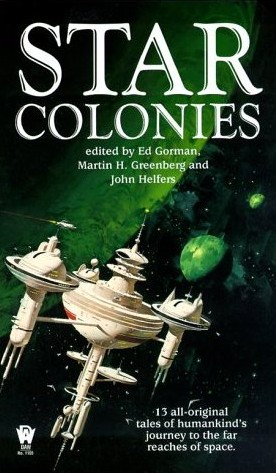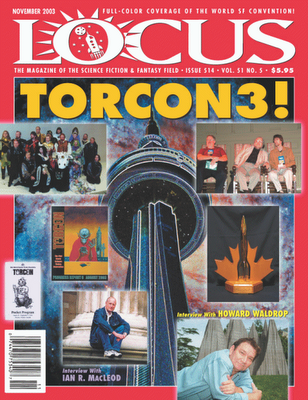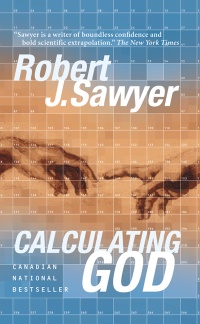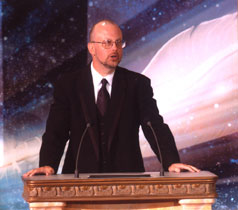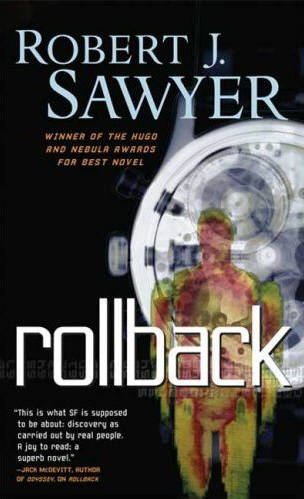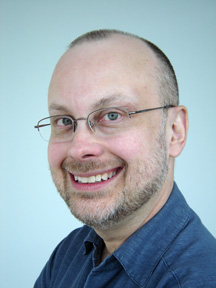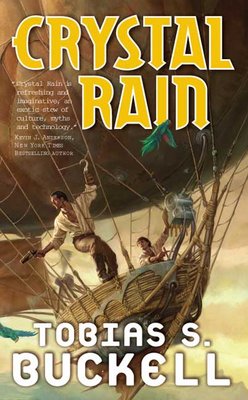
Simon Owens at Bloggasm sent me this note this morning:
I remember seeing one or two posts of yours about Tor's experiment releasing free ebooks [actually I've never posted about that, but I have posted about free ebooks in general]. I got a chance recently to talk to several Tor authors [he quotes three, out of the 20 so far whose books have been given away] and asked them whether the ebook releases boosted sales. My article on the subject was posted over here. Anyway, I thought this was something you and your readers might find interesting.
Do go read Simon's article, and also have a look at
this one from John Scalzi on the same topic.
For me, it all comes down to this: business models should be built on actual data, not anecdotal evidence. Tor has released 20 books now under this program, and we (the blogosphere debating this) have hard data (actual numbers) for zero of them, and anecdotal evidence for three, two who saw sales increases and one who didn't. (The two who did, probably not coincidentally, have very large web presences, and plugged the giveaways themselves online.)
I'm delighted my friend Toby Buckell saw a surge in numbers for his book -- but he's not reporting hard numbers. A mass-market paperback by a new author a year after release is doing
tremendously well if it sells 100 copies a week as reported by Bookscan (that is, the book is selling 5,000 copies a year), so if such a book sees a spike doubling that -- to 200 -- then that's 100 additional copies.
For a $7.99 paperback at 8% royalties, a hundred copies sold is $64 gross for the author, minus a 15% agent's commission, for a net income of $54.
John Scalzi (a hugely popular author) tells us his books are selling hundreds of copies a week in mass-market. So let's say he's moving 20,000 units of a book a year (400 copies a week). A 33% bump is an extra 132 copies moved.
That's not to be sneezed at, but the income for the author is $72 (based on a $7.99 paperback), after agent's commission; one might enjoy a nice enough dinner out, if one didn't order wine. (John got a smaller -- 20% -- bump on another book, and a tiny bump -- 9% -- on a third; still, the total in his pocket would have been [actually, will eventually be, once Tor pays royalties four months after then end of the January-June 2008 royalty period] on the order of $200 for all three books.
What might be interesting, if John and Toby's numbers are generally true, is the fact that the actual bump, if any, might be a
fixed number of copies -- around 100 --
regardless of the author's stature.
But, as Simon explicitly says, "Not all Tor authors I spoke to saw such impressive numbers, however." Daniel Abraham saw no sales change.
What's missing here is an important time-factor point. Do people really grab the free ebooks the week they come out? Yes, of course. Tor, in fact, has contrived it to make it difficult to do otherwise. Do people then
drop everything and immediately read the free ebook they just acquired? And then decide
immediately that they must have the sequel?
Doubtless some do (I have little doubt that many who read the first book in Toby's or John's series do want to read the subsequent volumes; both are very fine writers). I don't know about you, but
my to-be-read pile isn't hours deep; it's months deep. I've grabbed every one of the Tor freebies myself -- and haven't read a one of them yet (except for the titles I'd already read in print form, prior to getting the ebook freebies); they're still down in the queue. To claim that the proximate spikes are
causally linked to the giveaways require people to
immediately read the books and make a purchase decision (or a purchase recommendation to someone else) based on them.
Sales data for any other product is always reports as compared to the same period last year, because seasonality affects sales; we're not getting any of that data, either.
Nor are we seeing how much flux is normal. We've got data points from two authors here; without knowing the normal fluctuation range -- both from week to week, and as compared to the same time last year -- the significance of the "spikes" are in doubt. And, remember, if books
do routinely go up and down in sales with equal probability, by pure random chance, two random authors are going to both be up often anyway (and another two -- any two of the 17 authors in this program for whom we have zero data now -- will likely be down).
The
assumption behind reporting these spikes is that sales are flat over many weeks, but if the normal sales pattern over two months reads like the following, then a couple of positive bumps is just noise: up 10%, down 20%, up 10%, down 30%, up 15%, up 15%, down 20%, up 20%. We just don't
know, because not enough data is being given. (And John Scalzi points out that Bookscan sales in general for SF were up 6% across the entire category the week he looked at the data.)
What's really significant is what the one person who has all the numbers does next: Patrick Nielsen Hayden, the head of SF publishing at Tor,
does have the Bookscan (and other) sales data week by week for every title Tor has given away under this program. He also knows how many downloads each of these ebooks has had -- a hugely significant number to this debate that we don't have access to.
Back in February 2008, he said that Tor will terminate the freebie-book program later this month (July 2008). Now, of course, he's got several months' worth of additional data for all the authors whose work they gave away since he said that -- not just data on John Scalzi and Tobias Buckell and Daniel Abraham (the ones we've heard about), but also on Kage Baker and Jeffrey Carver and David Drake and Jane Lindskold and Robert Charles Wilson and a dozen others.
PNH is a bright man: if giving away ebooks uniformly across the board is indeed generally and significantly increasing sales, wouldn't one expect to see Tor change its collective mind and continue the program after the launch of their new site on July 20? And wouldn't one expect them to
still be doing it a year later, on July 20, 2009?
Those will be very interesting indicators.
Extraordinary claims require extraordinary proof. I understand that people
want it to be true that giving away ebooks significantly boosts print sales. I'm just not convinced that a case has been clearly made that it is in fact
generally true, and I won't be convinced until there are a lot more hard numbers.
The Robert J. Sawyer Web Site
